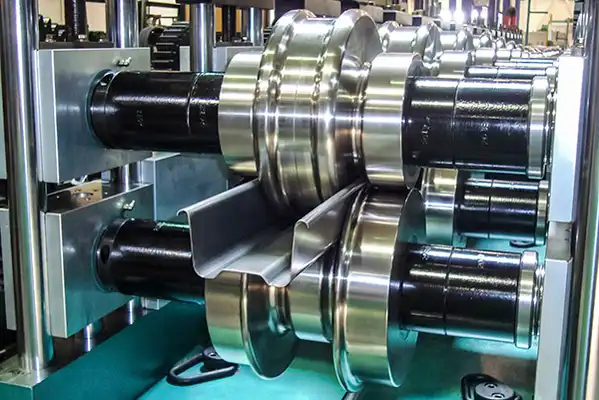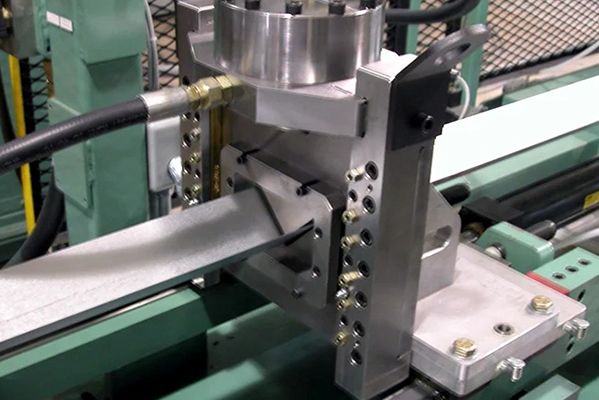Navigation Menu
Contact Us
- Email:
- info@wxavatar.com
- Address:
- Yurong Village, Yuqi Street, Huishan District, Wuxi, China.
Release Date:Jun 23, 2025 Visit:54 Source:Roll Forming Machine Factory
In today's fast-paced manufacturing landscape, the demand for precision, efficiency, and cost-effectiveness is higher than ever. This is leading many industries to increasingly turn to custom rollforming for producing high-quality, precise parts. This specialized manufacturing process offers a unique combination of advantages that are proving invaluable across diverse sectors.

Understanding Custom Rollforming
Rollforming is a continuous bending operation in which a long strip of metal, typically coiled steel, is passed through a series of contoured rollers. Each set of rollers progressively shapes the metal until the desired cross-sectional profile is achieved. What makes custom rollforming particularly attractive is its ability to create complex and intricate geometries with remarkable accuracy, tailored specifically to a client's unique specifications.
Key Advantages Driving Adoption
Several compelling benefits are contributing to the growing popularity of custom rollforming:
1. Unmatched Precision and Consistency: Custom rollforming excels at producing parts with extremely tight tolerances. The controlled, continuous nature of the process ensures a high degree of dimensional accuracy and repeatability from the first part to the last. This consistency is critical for industries where part uniformity is paramount, reducing waste and improving overall product quality.
2. Efficiency and High-Volume Production: One of the most significant advantages of rollforming is its ability to produce parts at high speeds. Once the tooling is set, the process is continuous, allowing for the rapid production of large volumes of identical parts. This efficiency translates directly into lower manufacturing costs per piece, making it an economically viable solution for mass production.
3. Material Optimization and Reduced Waste: Rollforming is a cold-forming process, meaning it shapes the metal without generating chips or scrap material in the same way machining processes do. This inherent efficiency in material utilization leads to significantly less waste. Furthermore, the ability to use pre-coated or pre-finished materials eliminates the need for secondary operations like painting or plating, further streamlining production and reducing material handling.
4. Design Flexibility and Complexity: While it might seem counterintuitive, custom rollforming offers considerable flexibility in design. Engineers can create intricate and unique profiles that might be challenging or costly to produce with other manufacturing methods. This allows for innovative product designs and the consolidation of multiple components into a single, rollformed part, simplifying assembly and reducing part counts.
5. Strength and Structural Integrity: The cold-forming process of rollforming actually enhances the material's strength-to-weight ratio. The metal's grain structure is re-aligned during the forming process, resulting in a stronger, more rigid part. This can be particularly beneficial for applications requiring lightweight yet robust components.

Broadening Applications Across Industries
The advantages of custom rollforming are making it an attractive option for a wide array of industries. From automotive and construction to shelving, solar, and appliance manufacturing, companies are discovering how this process can deliver superior components more efficiently. As the need for specialized, high-performance parts continues to grow, custom rollforming is poised to play an even more significant role in modern manufacturing.